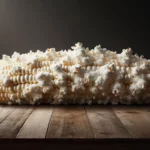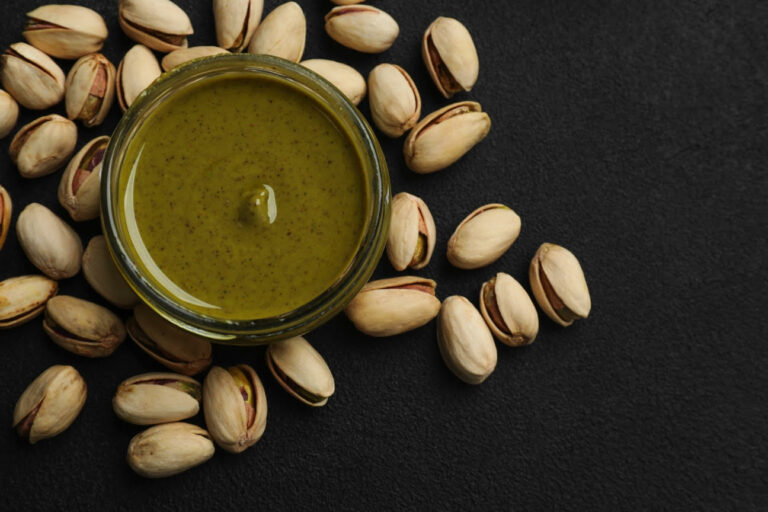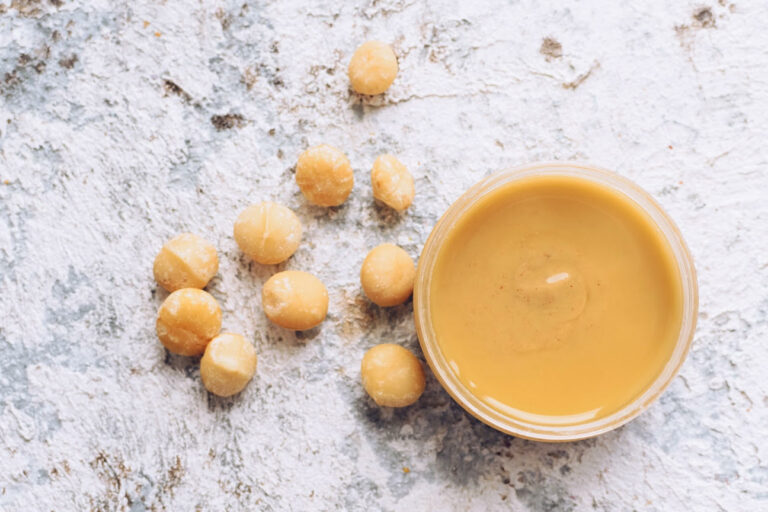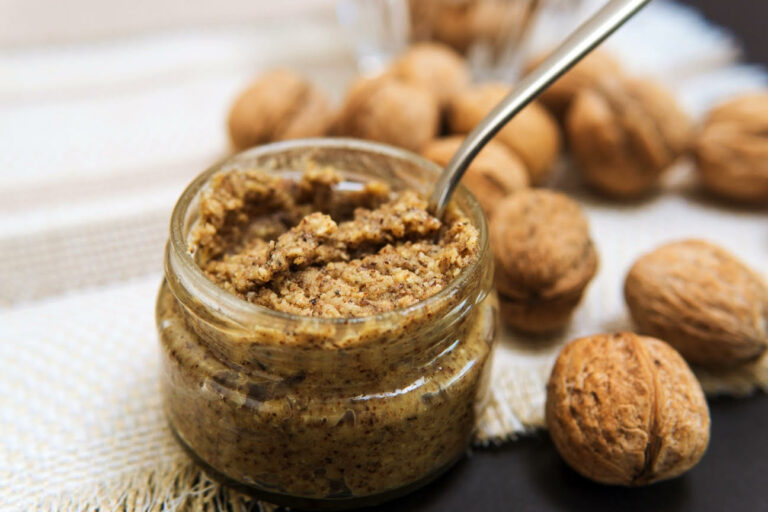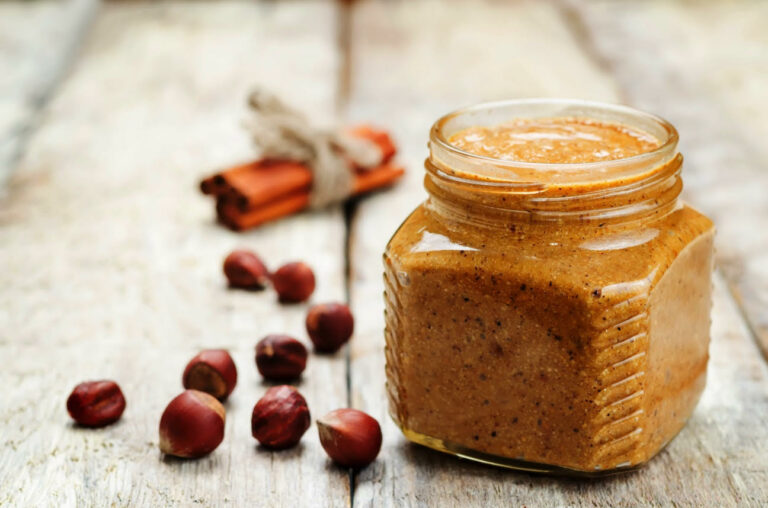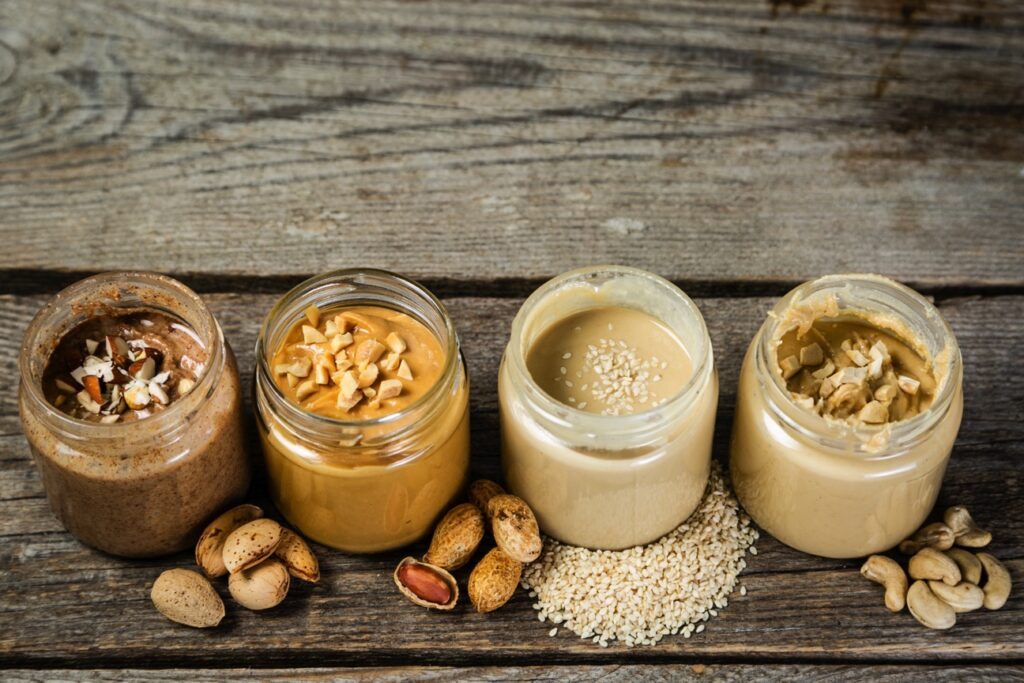
In the expansive world of culinary delights, a group of creations has risen from obscurity to gain immense popularity: nut butters. These creamy amalgamations, crafted through the meticulous grinding of nutrient-rich nuts, have evolved beyond a simple spread on bread to become a sensation in the food industry. Delve into the universe of nut butters, highlighting their versatility and health benefits.
Historical Background on Nut Butters
The history of nut butters is a fascinating journey that spans centuries and cultures. The development of nut butters from peanut butter to the varieties of today can be traced back to ancient civilizations and their innovative culinary practices.
Ancient Origins (15th Century B.C.):
- South America: In ancient Peru, the Incas offered peanuts as part of their religious ceremonies to honor and support the departed. In central Brazil, ground peanuts and maize were mixed to create drinks. In Mexico, the Aztecs and Incas are believed to have made peanut butter-like spreads from ground-roasted peanuts.
The Islamic Golden Age (8th – 13th Century):
- Middle East: During the Islamic Golden Age, Persian and Arab cultures made significant advancements in culinary arts. Tahini (technically a sesame seed butter), gained popularity in Middle Eastern cuisine. Tahini remains a staple ingredient in dishes like hummus and halva.
Medieval Europe (10th – 15th Century):
- Mediterranean Influence: Nut pastes, influenced by Middle Eastern cuisine, began to appear in medieval European cookbooks. Almonds and hazelnuts were commonly used to create pastes and sauces for various dishes.
Colonial America (17th Century):
- Peanut Butter Emerges: Peanut butter, as we know it today, has its roots in colonial America. The practice of grinding peanuts into a paste became popular among African and Indigenous American communities. Dr. John Harvey Kellogg is often credited with patenting the first peanut butter-making process in the late 19th century.
20th Century:
- Commercial Production: In the early 20th century, commercial production and marketing of peanut butter began to take off. Brands like Skippy and Jif became household names as they provided peanut butter to the military in WWII.
Modern Times:
- Diversity: Over time, the popularity of these spreads expanded beyond peanuts. Today, you can find a wide variety of nut butters, including almond, cashew, walnut, pistachio, and more which offer diverse flavors and nutritional profiles.
- Health and Nutrition: Recognized for their nutritional benefits; they are rich in healthy fats, protein, vitamins, and minerals, making them a popular choice in health-conscious diets.
- Culinary Creativity: They are used in a myriad of culinary applications, from spreads and dips to baked goods, smoothies, and savory sauces. Their versatility has made them a beloved ingredient in both sweet and savory dishes.
The history of nut butters is a testament to human culinary ingenuity, with each culture and era contributing to the development and diversification of these creamy spreads. Today, they continue to be a beloved and versatile component of global cuisine.
Types of Nut Butters + Health Benefits
While peanut butter might be the most well-known, a broader range of nut butters has taken the stage in recent times since they are repositories of valuable nutrients. Packed with protein, fiber, and heart-healthy fats, these spreads offer a nutritious option that can promote satiety and energy throughout the day. Some of the most popular varieties and their respective health benefits include
- Peanut Butter: The “default” nut butter. It’s rich in protein, healthy fats, and nutrients like vitamin E, magnesium, and potassium. Supports heart health and muscle development.
- Almond Butter: The most popular alternative to peanut butter. It is smooth or crunchy spread with a subtly sweet and nutty taste. High in monounsaturated fats, fiber, and essential nutrients. Promotes heart health and bone strength.
- Cashew Butter: Creamy with a mild, slightly sweet flavor. Provides healthy fats, protein, zinc, and magnesium, supporting immune function and muscle health.
- Hazelnut Butter: Most commonly enjoyed in the form of Nutella. Known for its distinctive nutty flavor, derived from roasted hazelnuts. Rich in folate, vitamin E, and dietary fiber. Aids in cell function and digestive health.
- Walnut Butter: Offers a robust, earthy taste and a creamy texture. Abundant in omega-3 fatty acids, antioxidants, and protein. Supports heart health and cognitive function.
- Pistachio Butter: Rich and slightly sweet, versatile for various culinary uses. Packed with fiber, potassium, and vitamin B6. Promotes digestive health, blood pressure regulation, and energy metabolism.
- Macadamia Nut Butter: Smooth and buttery with a mild, sweet taste. High in monounsaturated fats and antioxidants. Supports heart health and may reduce oxidative stress.
- Mixed Nut Butter: A blend of various nuts, offering a harmonious flavor and a wide range of nutrients. Provides diverse healthy fats, proteins, vitamins, and minerals. Supports overall health and nutrition.
Nut Butter Alternatives
The following are technically drupe, legume and seed butters that can be good alternatives for those with nut allergies or sensitivities. (If you have serious health concerns, make sure to check with your doctor to avoid any adverse reactions.)
- Coconut Butter: Made from pureed coconut meat, offering a rich, tropical coconut flavor and creamy texture. Contains medium-chain triglycerides (MCTs) for quick energy and potential weight management support.
- Soy Nut Butter: Although made from soybeans, resembles peanut butter in taste and texture. Protein-rich, aiding in muscle development. Suitable for individuals with nut allergies.
- Sunflower Seed Butter: Nut-free alternative with a mild, nutty taste. A good source of vitamin E, magnesium, and selenium. Supports skin health and acts as an antioxidant.
- Tahini: Made from sesame seeds, it is creamy with a mild, nutty flavor. Rich in healthy fats, calcium, iron, and plant compounds. Supports bone health and offers antioxidant properties.
These butters enhance both the flavor and nutrition of your meals while providing various health benefits, from supporting heart health to promoting overall well-being.
Textural Variance: Creamy and Crunchy Options
The preference between creamy and crunchy nut butter sparks discussions akin to other age-old culinary debates. The choice comes down to whether one desires a smooth, spreadable texture or a textural experience with every bite.
Versatility in the Kitchen: Nut Butters as Ingredients
The utility of nut butters extends beyond being a simple spread. Their adaptability has made them a desirable addition to dishes across the culinary spectrum. From infusing Southeast Asian flavors into satay sauces to elevating desserts, nut butters have secured their place in various recipes. Examples of nut butter-infused snacks and dishes besides your typical PB&J include
- Almond Butter Smoothie
- Cashew Butter Stir-Fry Sauce
- Walnut Butter Salad Dressing
- Pistachio Butter Pancakes
- Macadamia Nut Butter Cookies
- Soy Nut Butter Energy Bars
- Mixed Nut Butter Granola
- Thai Peanut Sauce (Peanut Butter-Based)
- Mixed Nut Butter Protein Shake
- Walnut Butter Oatmeal
- Almond Butter Banana Bread
- Hazelnut Butter Stuffed Dates
- Pistachio Butter Hummus
- Cashew Butter Veggie Dip
- Pistachio Butter Rice Bowl
- Mixed Nut Butter Muffins
- Macadamia Nut Butter Glazed Vegetables
If these all sound a tad intimidating, you can simply use nut butters as a topping on desserts like ice cream or cookies, or as a spread on bread and crackers.
10 Fun Facts about Nut Butters
- I Can’t Believe It’s Not Butter: Nut butters are technically not butters and only have the consistency of butter or lard.
- First US Patent: Dr. John Harvey Kellogg, of cereal fame, patented a process for making peanut butter in 1895. He saw it as a nutritious protein source for patients at his sanitarium.
- Space Food: Nut butters have made their way into space. Astronauts often carry peanut butter and other nut butter-based products for their protein content and long shelf life.
- Elvis’s Favorite: The famous musician Elvis Presley had a penchant for peanut butter and banana sandwiches, often fried. They came to be known as “Elvis sandwiches.”
- Record-Setting Jar: The largest jar of peanut butter ever made weighed over 5,000 pounds (2,268 kilograms). It was created in Oklahoma in 2017.
- Health Benefits: Nut butters are considered a heart-healthy food because of their monounsaturated and polyunsaturated fats. They are also nutrient-dense, offering protein, healthy fats, fiber, vitamins, and minerals.
- Stir or No Stir: Natural nut butters often require stirring to mix the separated oil. Some people prefer the convenience of “no-stir” versions, while others enjoy the ritual of stirring.
- Vegan and Allergen-Friendly: Many nut butters are vegan and free from common allergens like dairy and gluten, making them suitable for a wide range of diets.
- Long Shelf Life: Due to their low water content, nut butters have a relatively long shelf life, making them a convenient pantry staple.
- Nut Butter Art: Some talented food artists create intricate designs and portraits using different types of nut butter as their medium.
Unconventional Ventures: Nut Butters Beyond the Usual
Delving into innovative uses for nut butters introduces intriguing avenues. Experimenting with hazelnut butter in coffee or incorporating pistachio butter into savory sauces showcases the range of possibilities these spreads offer.
Nut butters have transcended their conventional roles, emerging as versatile ingredients rich in flavor and nutrients. The array of options, from almond to pistachio, showcases their diversity. Whether you lean towards the velvety texture of creamy nut butter or the satisfying crunch of the crunchy variety, these spreads have secured their place in the culinary realm. From traditional uses to inventive applications, nut butters continue to amaze with their endless potential.


